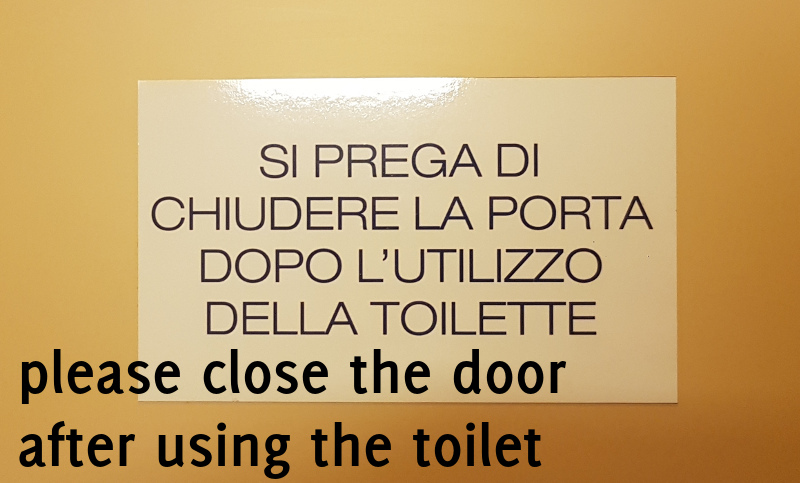Last Friday I was delivering a public speaking course and we were discussing communication. To be more precise, we were talking about effective communication; on the screen we had a quote from Daniel W. Davenport: “The greatest problem in communication is the illusion that it has been accomplished.”
To better understand the sentence we can use the definition of communication. This is the Merriam-Webster.
1: a process by which information is exchanged between individuals through a common system of symbols, signs, or behavior
According to Cambridge Dictionary and their American definition.
the process by which messages or information is sent from one place or person to another, or the message itself
I would like you to notice the difference between one and another. There is a transmit definition and an exchange one. They are both correct of course, but when we talk about effective communication we can benefit from the etymology of the word. It comes from the Latin communication with the meaning of to share (put in common). For that to happen, it is not enough to send a message, it has to be received and it has to be understood. Only transmitting is not enough, we are successful when our public comprehend the message we want them to bring home.
This is what Davenport is telling us: you cannot rely only on saying to believe to effectively communicate, you must say so that the others can understand and make sure that has happened. When something could go wrong? When your audience is not listening, doesn’t correctly receive the informations, maybe because they are difficult to understand, maybe because of the terminology, maybe because they interpret them with a different meaning.
Funnily enough just after we were discussing that, I went to the toilet, inside, on the door, there was this sign.

My first thought was: “Shouldn’t be better to close the door while using the toilet?”
Then, after a little while, I got it and I smiled to myself at the live example of received communication different from the intended one. Surely we could discuss my comprehension skills, still this is an example of misunderstanding. The responsibility (or the burden) of communication is always on the transmitting end.
Going back to public speaking and presentations, why is important to keep in mind what Davenport says? Sometime our logical reasoning could be based on concepts the public should already have, for we have just said them or for they should already know them. Let’s suppose I am inviting some people for a meeting and as a preparation I send them an email with some prerequisite information; am I sure they read the email? Another example: in the first section of my presentation I explain a problem to be solved, then I offer them my solution. If the problem wasn’t understood (illusion of communication), the second part doesn’t work. None is interested a problem that doesn’t exist, that is to say a problem is not perceived.
How to avoid that? There is two things you can do. The first one is verify that communication took place, with focused questions. If you realise that the problem wasn’t understood, no point in going ahead with the solution! You must go back and restate it better. If they haven’t read the email with the prerequisites don’t talk building on them, they won’t be able to follow you.
This is something you should consider already during the preparation phase, while presenting it could be too late to address it. You must design checks along the way and know what to do in case the previous message wasn’t received by the audience.
“I said it a thousand times!”. Indeed, but have they listened to it?


Recent Comments